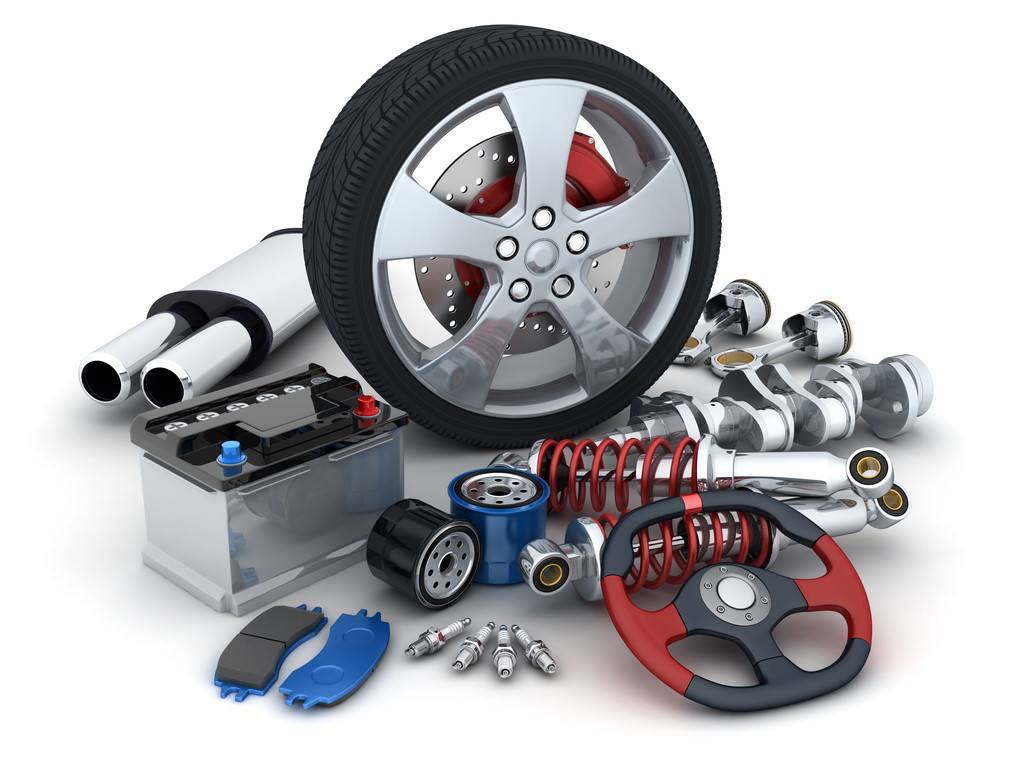Definition of slender shaft.
When the length of the workpiece is greater than 20-25 times the diameter of the straight ratio, it is called a slender shaft.
Second, due to the poor rigidity of the slender shaft itself, the following problems will occur in the turning process.
1, the workpiece by cutting force, self-weight and the role of centrifugal force during rotation, will produce bending, vibration, seriously affect its cylindricity and surface roughness.
2、During the cutting process, the workpiece will be bent and deformed by heat elongation, and turning will be difficult, and the workpiece will be stuck between the tops in serious cases.
Use center stand support to turn long and thin shafts
When turning long and thin shafts, the center frame can be used to increase the rigidity of the workpiece. General turning slender shaft using the center frame methods are.
1、The center frame is directly supported in the middle of the workpiece When the workpiece can be turned in sections, the center frame is supported in the middle of the workpiece, so that the L/d value is reduced by half, and the rigidity of the slender shaft turning can be increased several times.
2、Turning slender shaft with transition sleeve support It is difficult to turn the groove of the center frame support with the above method. The surface contact at the transition sleeve can be added, and the two ends of the transition sleeve are equipped with four screws, and these screws are used to clamp the blank workpiece and adjust the axis of the sleeve circle to coincide with the axis of rotation of the spindle, which can be turned.
Using the heel holder support for turning slender
The follow tool holder is fixed on the bed saddle, generally there are two support claws, the follow tool holder can follow the turning tool to move, offset the radial cutting can increase the rigidity of the workpiece, reduce deformation. This increases the shape accuracy and reduces the surface roughness of the slender shaft.
From the design principle of the follow tool holder, only two support jaws are needed, because the turning tool gives the workpiece cutting resistance. The workpiece is attached to the two supporting jaws of the follow tool holder. But in practice, the workpiece itself has a downward gravity, and the workpiece inevitably bends.













